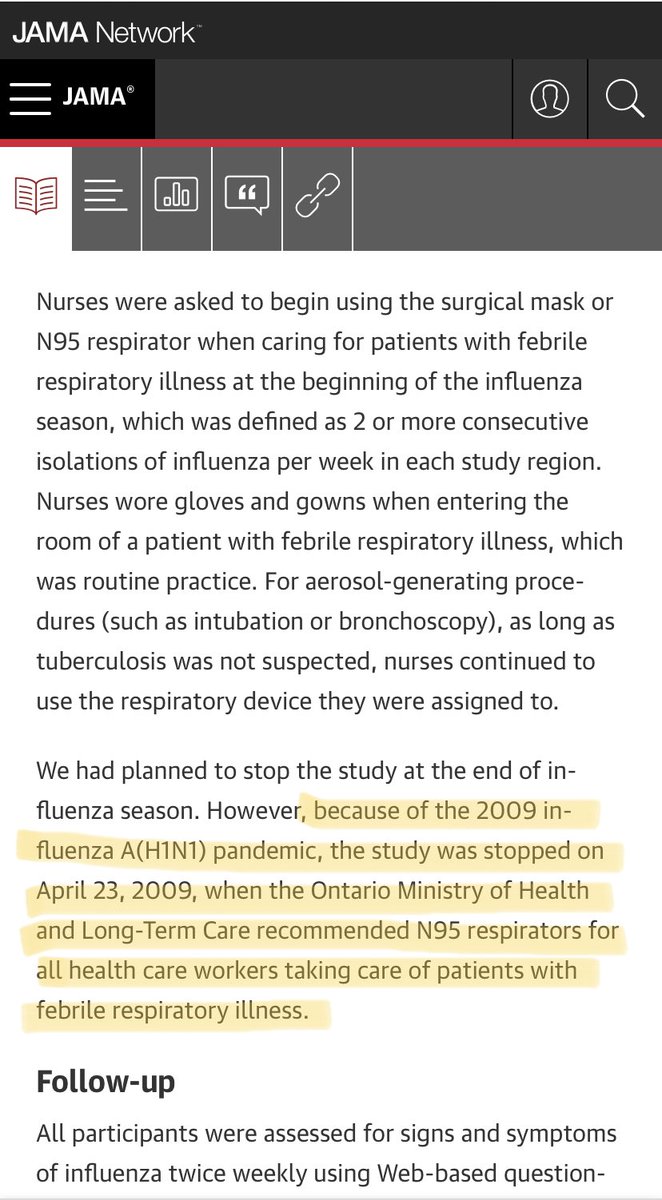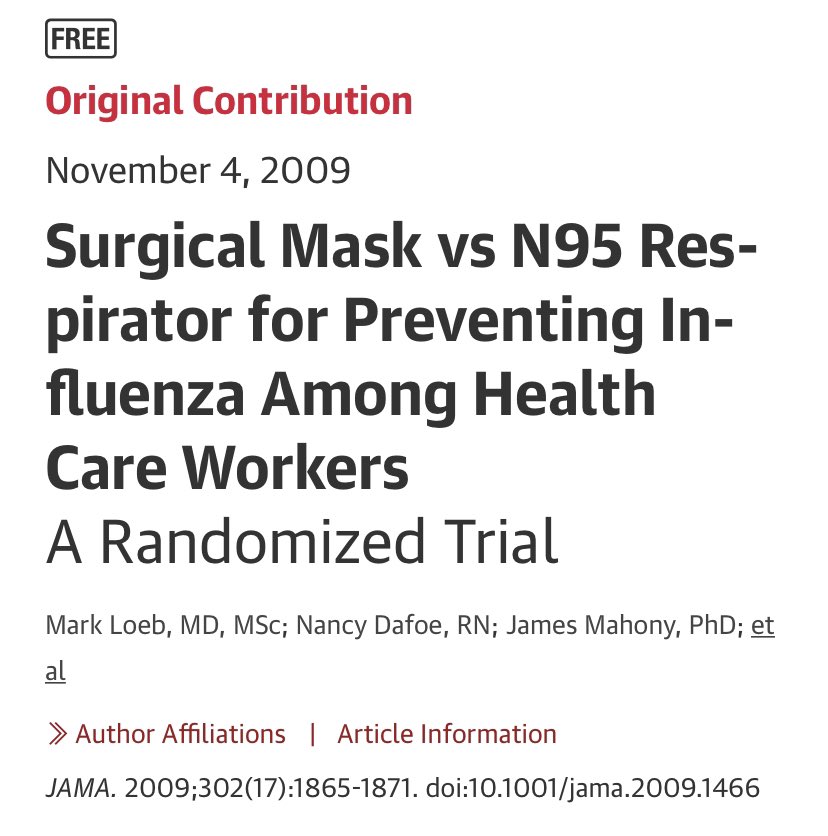
I note recent queries re the efficacy of portable HEPA filtration in schools. It might help to know that HEPA works wonders in hospital settings. See published studies below. There is no reason to think they should not be used in schools to curb the spread of SARS-CoV-2.
"Aerosols rapidly travelled from the patient room into other parts of the ward. Air cleaners were effective in increasing the clearance of aerosols from the air in clinical spaces and reducing their spread to other areas. With 2 small domestic air cleaners in a...
...single patient room of a hospital ward, 99% of aerosols could be cleared within 5.5 minutes." cambridge.org/core/journals/…
"best location of a single portable air purifier unit is inside the isolation room & near the patient's bed. The outcome of this paper can be widely used by hospital facilities managers when attempting to retrofit...
a general patient room into an airborne infection isolation room"
ncbi.nlm.nih.gov/pmc/articles/P…
ncbi.nlm.nih.gov/pmc/articles/P…
cdc.gov/mmwr/volumes/7…
"Using two HEPA air cleaners close to the aerosol source reduced the aerosol exposure of the uninfected participants and speaker by up to 65%. A combination of HEPA air cleaners and universal masking reduced exposure by up to 90%."
"Using two HEPA air cleaners close to the aerosol source reduced the aerosol exposure of the uninfected participants and speaker by up to 65%. A combination of HEPA air cleaners and universal masking reduced exposure by up to 90%."
Strategic placement can optimize performance. Best for decision makers to get the HEPA units into the school buildings first, then consult an engineer for placement strategy relative to the area/room specs. This should not stall anything. Get the HEPA cleaners into the buildings.
A building engineer can very easily tell you where best to place the HEPA cleaners. If you are muddling over this before moving forward, you are wasting time. Get the HEPA cleaners into the buildings.
If you are worried to waste $ based on the notion that respiratory aerosols might not carry SARS-CoV-2, know that they do. We measured it: medrxiv.org/content/10.110…
Surprised to see 85% of the viral RNA load was detected in fine aerosols (≤5μm) compared to coarse aerosols (>5μm).
Surprised to see 85% of the viral RNA load was detected in fine aerosols (≤5μm) compared to coarse aerosols (>5μm).
Here's a cost analysis:
https://twitter.com/CorsIAQ/status/1416295154755854338?s=20
Should point out that it is not my intention to distract from current efforts to improve building ventilation. Far from my intent! Proper ventilation is VERY important, yet lacking in schools. HEPA helps when HVAC can’t be fixed to the level that is needed in this emergency.
Adding in some guidance here from @JHSPH_CHS. See recommendation number 2 and attached thread regarding HEPA filtration units in schools. This was released in the spring. Are the units in the buildings yet? If no, time to pick up the pace! 
https://twitter.com/JHSPH_CHS/status/1418283279342575620

• • •
Missing some Tweet in this thread? You can try to
force a refresh





